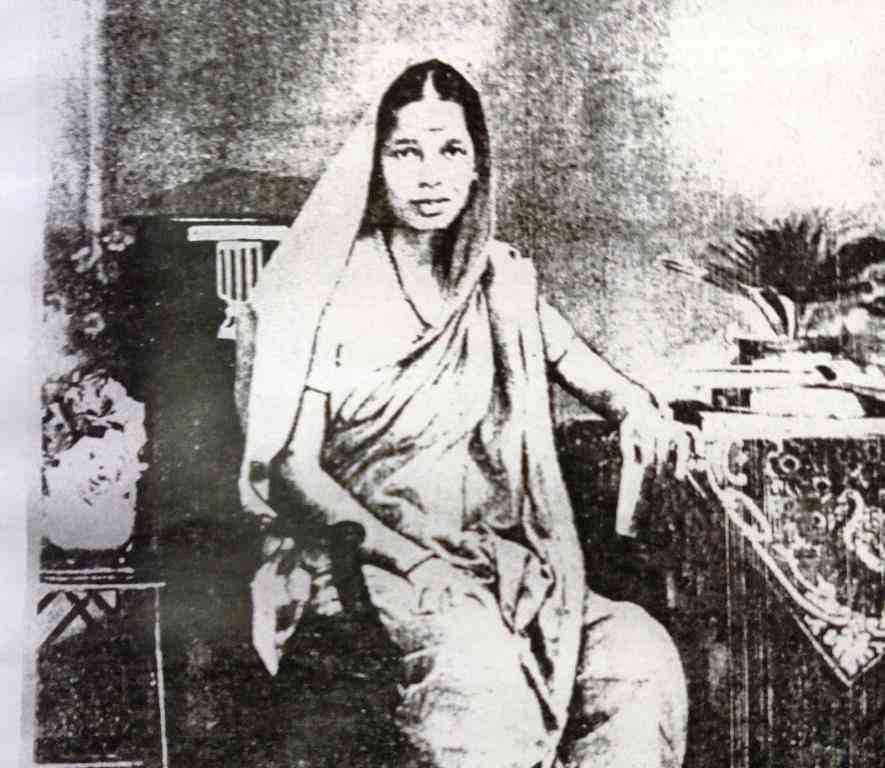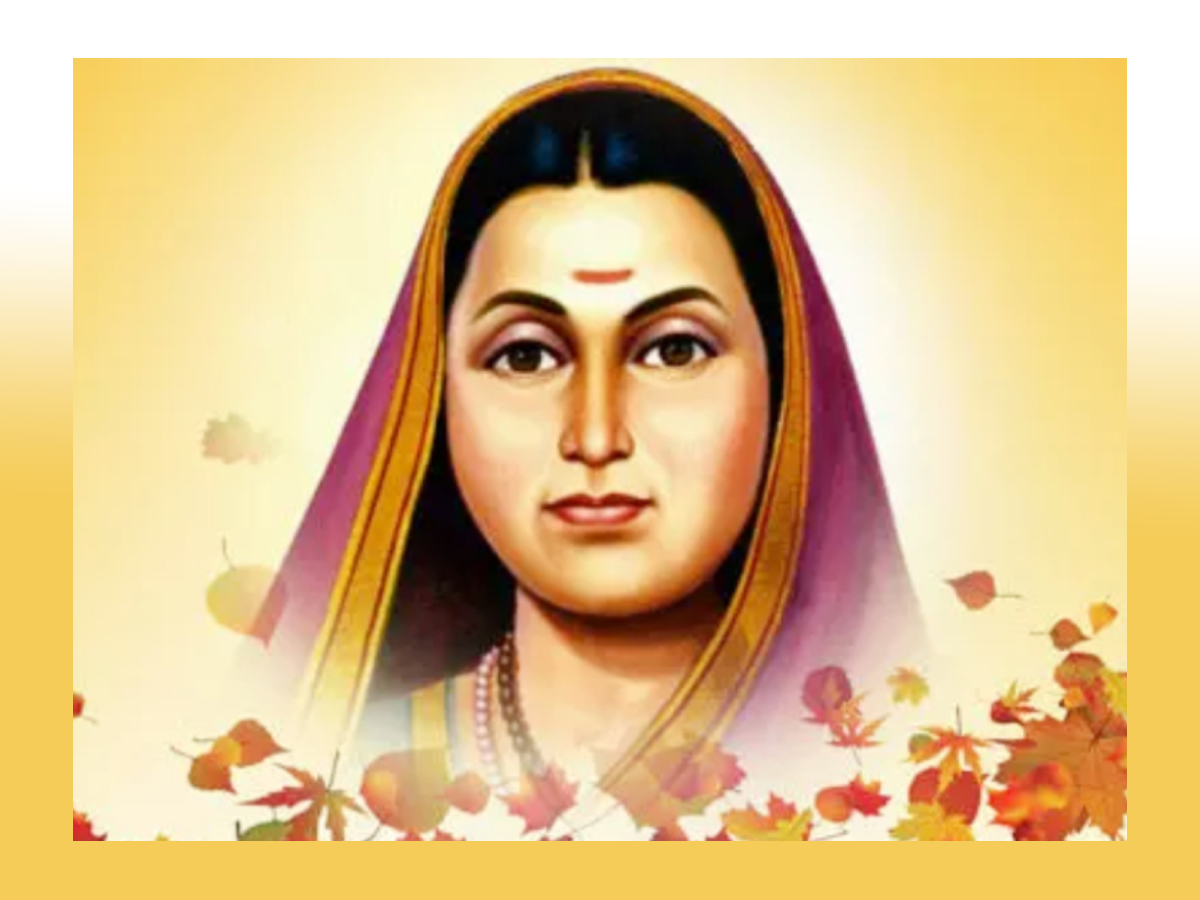Whether for your child’s high school essay or your workplace speech on Women’s Day, searching for the first female teacher in India is not rare. People are often eager to know about her.
Women’s education has not been a very old phenomenon in this country. Even after we gained our independence from British colonial power, women in many areas were not allowed to study or go to school.
In such a scenario, learning about the first female teachers in India is crucial indeed. They were the ones who led the path of women’s education in India. Despite numerous challenges and strife, they continued their struggle. Today’s women empowerment movement traces its roots back to when these teachers struggled to educate girls.
However, it is difficult to point out a single teacher as the first female teacher in India. After all, there were many unrecorded stories of female teachers who contributed to women education in India. Despite their massive contributions, many of them remained far away from fame and recognition.
Anyways, considering all recorded documents to date, we can say that the first female teacher in India was Savitribai Phule, the wife of Jyitirao ‘Jyotiba’ Phule. She was the one who rescued women in India from the darkness of ignorance and showed them the light of knowledge and education.
Eager to learn more about this great lady? Let’s proceed.
This blog will highlight her contributions to the field of education and other social scenarios. Also, you will get to know about some lesser known facts about Savitribai Phule.
Introducing Savitribai Phule: the First Female Teacher in India
Born as the eldest daughter of Lakshmi and Khandoji Neveshe Patil, Savitribai Phule was married to Jyotirao Phule. Her husband was a great social reformer, and she had a passion for education from early childhood.
With her husband’s unhindered support, Savitribai Phule embarked on a journey to educate girls in India. Her journey began in Maharashtra’s Naigaon village, where she was born. However, later, she learned to read and write and soon began teaching girls in Maharwada in Pune. In this phase of her journey, her companion was Sagunabai, her husband Jyotirao’s mentor.
Her Contribution to Women’s Education in India
Time flew like a river, sometimes with gentle strokes and sometimes with tiresome tides. Phule got her education and became a teacher. However, her inner soul was seeking more. She contemplated on the toil girls face in India in every sphere of their lives due to lack of education.
Hence, she set a dream to educate them. Her aim was to help them gain confidence in their life through acquiring knowledge. She went ahead to turn this dream into reality. Further, she, along with her husband, established India’s first girls’ school at Bhidewada in 1848.

It was a groundbreaking initiative indeed. Previously, study for women in India was a nearly impossible thing. Even if it happened, it was mostly limited to home tutors. Now, a school has been established where they can come and learn diverse subjects from experts. The school’s curriculum was based on Western education. It included subjects like mathematics, science and social studies.
However, Phule didn’t stop after it. She, with her husband, went ahead to build more schools for girls. By 1851, they were running three schools in Pune. To many people’s great surprise, the combined strength of these schools was approximately 150 girls. It was a great move toward women empowerment amidst extreme resistance from the society.
Her Other Initiatives as a Social Reformer
She was the first female teacher in India. Nonetheless, her contributions were not limited to women’s education only. She also strived hard to reduce the plight of society in diverse aspects. At that time, Indian society was suffering from many social evils, including a forceful dowry system, untouchability, widow issues, etc. So, being empathetic toward all sufferers, Phule first started speaking against these ill practices.
Lower castes had no right to education at that time. To resolve this issue, she started educating women and children from downtrodden castes, like Mang and Mahar, who were considered untouchables. The task was not easy. She had to overcome numerous obstacles, including strong resistance from the girls’ and children’s own family members.
However, continuing their deeds, Phule with her husband, opened around 18 schools for children of different castes. Also, they established 2 educational trusts, namely, the Native Female School, Pune, and the Society for Promoting the Education of Mahars, Mangs and others. Moreover, they began a night school for farmers and labourers in 1855.
Savitribai Phule also initiated a barbers’ strike in Mumbai and Pune to protest against the unreasonable practice of shaving the heads of widows.
Their other major social reformation initiatives include the establishment of the first-ever infanticide prohibition home in India named Balhatya Pratibandhak Griha in 1863. It was a place where pregnant Brahmin widows and rape victims could give birth to their children safely and comfortably. After all, the then society was difficult to live in for pregnant widows and vulnerable rape victims.

Thus, Savitribai Phule continued her initiatives to make India a better place to live in. Women, children, people from downtrodden castes and other destitute in the society found shelter under her unconditional love and compassion.
She, with her strong willpower, determination and love for people, marked her presence prominent in Indian history. She, as the first female teacher in India, paved the way for women’s education and other social reformations.
Lesser Known Facts about Savitribai Phule
So, the first female teacher in India is not unknown to us anymore, right? The blog discussed the life and contributions of this great teacher well. Now, before we pull the curtain down for today, let’s learn some lesser-known facts about the teacher- the great Savitribai Phule.
- Savitribai wrote two books, namely “Kavya Phule” (1854) and “Bavan Kashi Subodh Ratnakar” (1892). Both of them are compilations of her poems.
- Savitribai and her husband never had any children in their entire life. However, they adopted a boy and named him as Yashwantrao.
- The British government honoured the Phule family for their excellent contribution to education in India and recognised Savitribai as the best teacher in 1853.
- In the 1890s, Savitribai started a clinic for plague victims in Hadapsar, Pune, when bubonic plague took a massive appearance in Maharastra.
- Phule also got affected by bubonic plague while carrying a 10-year-old plague victim to the clinic in her arms. On March 10, 1897, she took her last breath.
Summing it Up
Savitribai’s life was a prominent instance of selfless love for mankind, a zeal to shine while surpassing all odds. Her contribution as the first female teacher in India is unforgettable, beyond to be expressed through words. Also, her other initiatives for the sake of society are commendable. Her name deserved to be written in golden letters.
Many other female educators emerged in India later on, namely Mahadevi Verma, Begum Zafar Ali, Durgabai Deshmukh, Vimla Kaul, etc. They carried the legacy set by Savitribai Phule forward and strengthened the women’s education system in India. However, it is Phule who lit the lamp first. We must bow our heads to this great daughter of Mother India and pay our reverence to her.
Want to learn about other female teachers in Indian history? Stay tuned to our blog page!

Comments 0